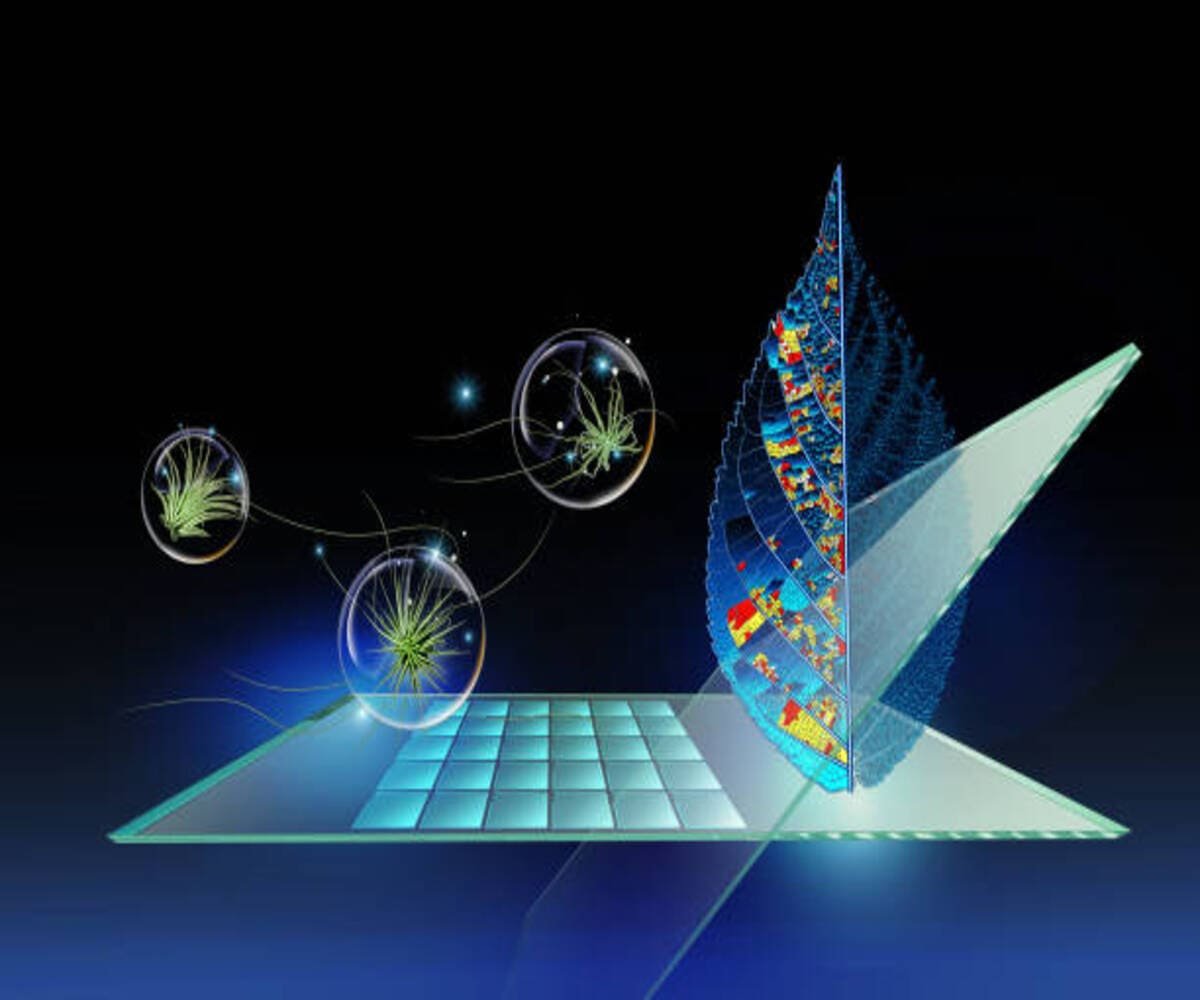Introduction to Recurrent Neural Networks (RNNs)
Recurrent Neural Networks (RNNs) are a class of deep learning models designed for sequential data processing. Unlike traditional feedforward neural networks, RNNs have built-in memory, enabling them to process inputs while maintaining context from previous time steps. They are widely used in natural language processing (NLP), speech recognition, and time-series forecasting.
What are Recurrent Neural Networks?
A Recurrent Neural Network (RNN) is a type of neural network that incorporates loops to allow information to persist across sequences. Unlike Convolutional Neural Networks (CNNs) or Feedforward Neural Networks (FNNs), RNNs process inputs step-by-step while keeping track of past information through hidden states.
Key Features of RNNs
- Sequential Data Processing: Designed for handling time-dependent data such as speech and text.
- Memory Retention: Maintains information from previous inputs through hidden states.
- Parameter Sharing: Uses the same weights across different time steps, reducing model complexity.
- End-to-End Training: Trained using backpropagation through time (BPTT) to adjust weights efficiently.
- Temporal Context Understanding: Learns relationships within sequential data, making it ideal for NLP and time-series tasks.
Architecture of RNNs
An RNN consists of the following key components:
1. Input Layer
- Receives sequential data as input.
- Each input at a given time step is processed individually.
2. Hidden Layer (Memory Cell)
- Retains past information through recurrent connections.
- Updates hidden states based on both current input and previous states.
3. Output Layer
- Produces a result at each time step or after processing the entire sequence.
- Uses activation functions like softmax for classification tasks.
4. Recurrent Connections
- Information loops back to influence future time steps.
- Captures long-term dependencies in sequential data.
How RNNs Work
Step 1: Input Processing
- Sequential data is processed one element at a time.
- The hidden state is updated at each time step.
Step 2: Hidden State Updates
- Each time step receives the current input and the previous hidden state.
- Computed using:where:
- is the current hidden state,
- and are weight matrices,
- is the current input,
- is the bias,
- is the activation function (e.g., Tanh or ReLU).
Step 3: Output Generation
- The final output is computed based on hidden states.
- Can be a classification result, text prediction, or numerical forecast.
Variants of RNNs
Due to limitations like vanishing gradients, different RNN architectures have been developed:
1. Long Short-Term Memory (LSTM)
- Introduces memory cells and gates to capture long-term dependencies.
- Reduces vanishing gradient problems.
2. Gated Recurrent Unit (GRU)
- Similar to LSTM but with fewer parameters, making it computationally efficient.
- Uses reset and update gates for memory control.
3. Bidirectional RNN (Bi-RNN)
- Processes sequences in both forward and backward directions.
- Improves context understanding in NLP tasks.
Advantages of RNNs
- Effective for Sequential Data: Ideal for speech recognition, machine translation, and text generation.
- Captures Temporal Dependencies: Maintains context from previous time steps.
- Flexible Architecture: Can handle variable-length input sequences.
- Useful for Real-Time Predictions: Helps in streaming data analysis and online learning.
Use Cases of RNNs
1. Natural Language Processing (NLP)
- Machine translation (Google Translate, DeepL).
- Sentiment analysis and chatbots.
2. Speech Recognition
- Converts spoken language into text (Siri, Google Assistant).
- Enhances voice-controlled applications.
3. Time-Series Forecasting
- Predicts stock prices, weather patterns, and sales trends.
4. Music Generation
- Used in AI-generated compositions and audio synthesis.
5. Handwriting Recognition
- Helps in digitizing handwritten text from scanned documents.
Challenges & Limitations of RNNs
- Vanishing Gradient Problem: Hard to capture long-term dependencies in deep networks.
- Slow Training: Sequential processing makes training time-consuming.
- Limited Parallelization: Cannot process all inputs simultaneously like CNNs.
- Prone to Short-Term Memory Issues: Standard RNNs struggle with long sequences without LSTM or GRU enhancements.
Conclusion
Recurrent Neural Networks (RNNs) are powerful models for sequential data, enabling applications in speech recognition, language modeling, and financial forecasting. While standard RNNs face challenges with long-term dependencies, advancements like LSTMs and GRUs have improved their efficiency and performance. Despite their computational demands, RNNs remain a fundamental tool in deep learning for handling time-dependent data.

